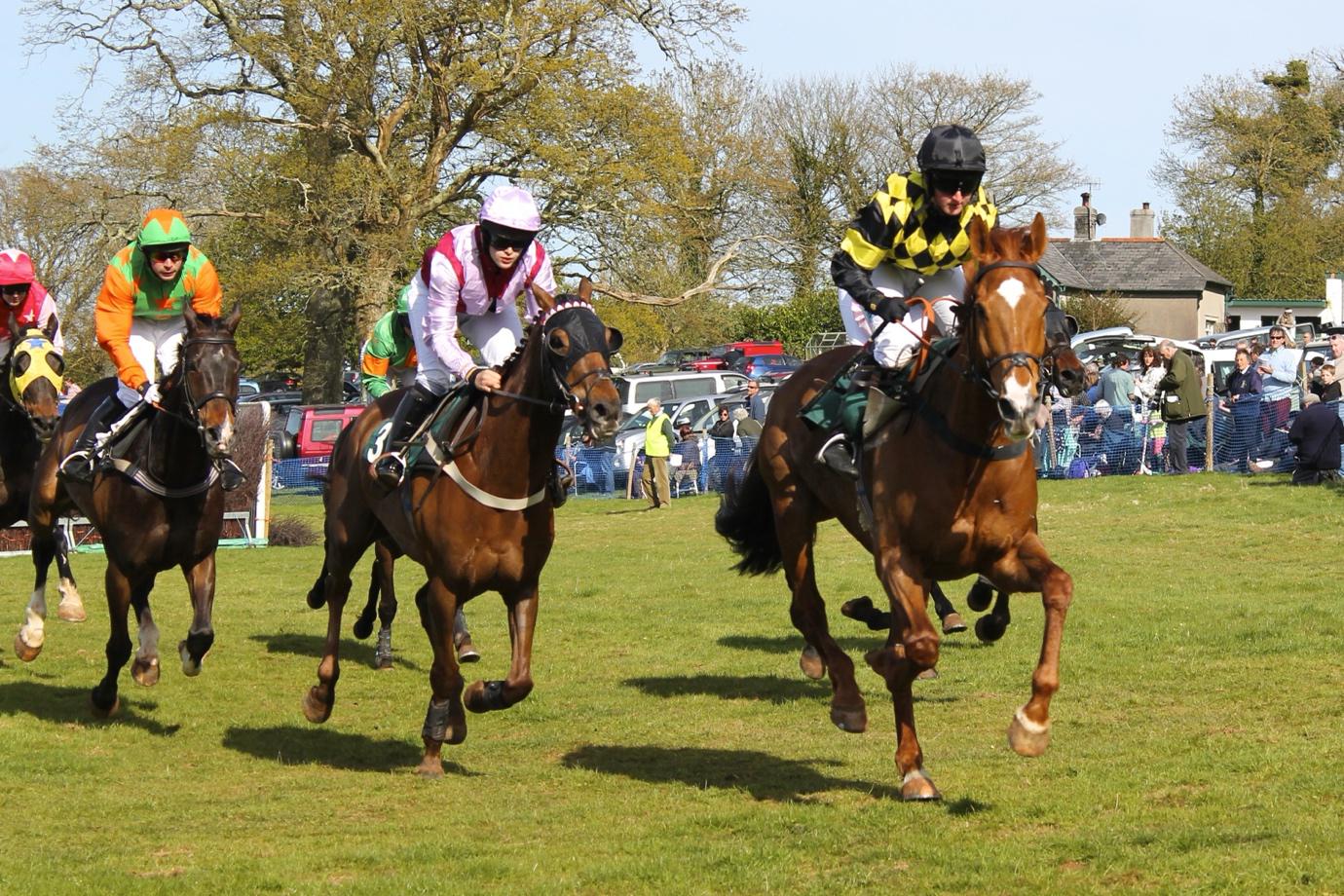As most experienced bettors are aware, there are numerous ways to approach a horse racing card other than just the standard win markets: Placepots, trifectas, exactas, and so on. Of course, there is also each-way betting. It’s a common option, especially for those who seek a bit of value beyond the favourites.
A lot of bettors think of each-way betting as a bit of insurance, but it can also be a means of getting value in its own right. In horse racing betting, you can find horses that are perhaps not talented enough to win a specific race, yet have enough consistency to defy the odds to place regularly. It’s an art in itself to find those performers.
Of course, bettors should also be playing the markets in terms of what each bookmaker is offering. If you take blue-chip horse racing festivals in the UK, like Cheltenham or Royal Ascot, you’ll find that plenty of races have extra places offered by bookies. Many online bookies will have around half a dozen additional places on offer across their daily race meetings. The key is spotting to what extent you are getting value. Here’s a rough guide to what the bookies offer as a standard in each/way markets*:
- 1–4 runners Win only
- 5–7 runners 1st and 2nd place 1/4 odds
- 8–15 runners 1st, 2nd, 3rd place 1/5 odds
- 16+ runners 1st, 2nd, 3rd, 4th place 1/4 odds
*Please note that there can be some discrepancies when dealing with handicaps versus non-handicaps, but the above is a fair overview.
Additional places can be useful
So, if you take the above as a guide, you will be able to pinpoint where the additional places being offered look like decent value. For example, if a race has 14 runners in it, and the bookie is offering 4 places, you can tell right away that this is a fair offer. However, there are also ‘tricks’ to look out for. For instance, sometimes when an extra place is offered for a 16+ runner race, the each/way odds will decrease from 1/4 to 1/5. That’s something to factor into your calculation.
Bettors will also be aware that bookies can go the extra mile, so to speak, for high-profile races. For example, it’s easy to find bookies offering 6+ places for the Aintree Grand National. Some will go as far as to offer 7 or 8. When you look back over the last ten years of the Grand National, you can see several examples of horses with odds of 50/1+ finishing 5th-8th, so these additional places can count for a lot.
Weigh up risk versus reward
Weighing up the risk versus reward is the key element, and, arguably, some bettors will blindly jump on each-way markets without doing basic calculations in that respect. As it is two bets (one for the win and one for the place), it’s worth considering the entire value proposition. You can, for instance, simply make a place bet and eschew the additional win bet. Place betting is much more common in US markets than it is in the UK. The downside is, of course, that if your 66/1 shot happens to win the race, you’ll feel disappointed that you went for place only. The solution is to place a smaller win-only bet to complement your place bet, e.g., place £5 on the win-only market and £10 on the place bet, creating two separate bets and having a smaller total outlay than traditional each-way bets.
As with all horse racing, the important aspect is studying to find the value. You need to be able to look at a card, see if there are additional places, and weigh up whether the 50/1 shot has it in it to scrape into 4th or 5th or whatever the parameters are for your bet. At times, it can feel a little haphazard, but there is as much of an art to it as parsing out the win markets for short-priced favourites. And remember, you can always shop around different bookies to get the best price and number of places for your selection.



